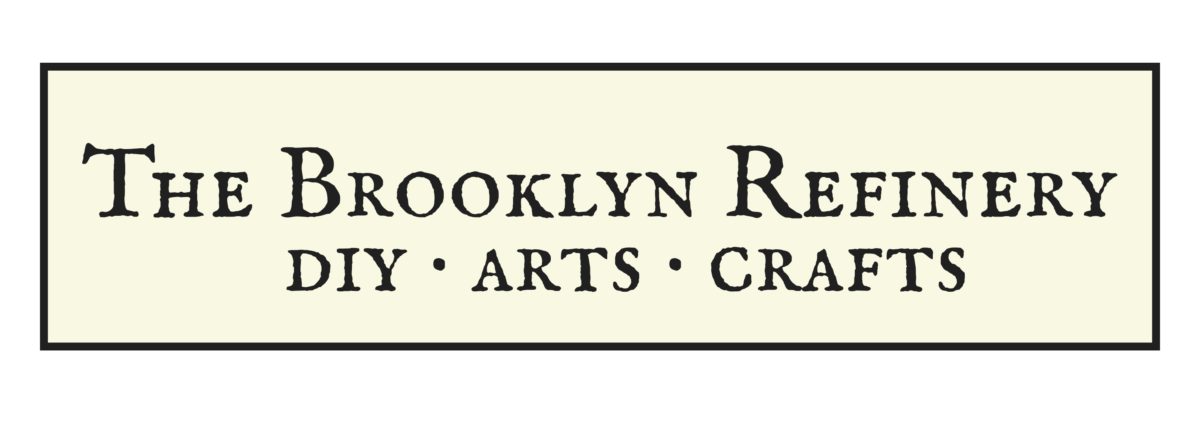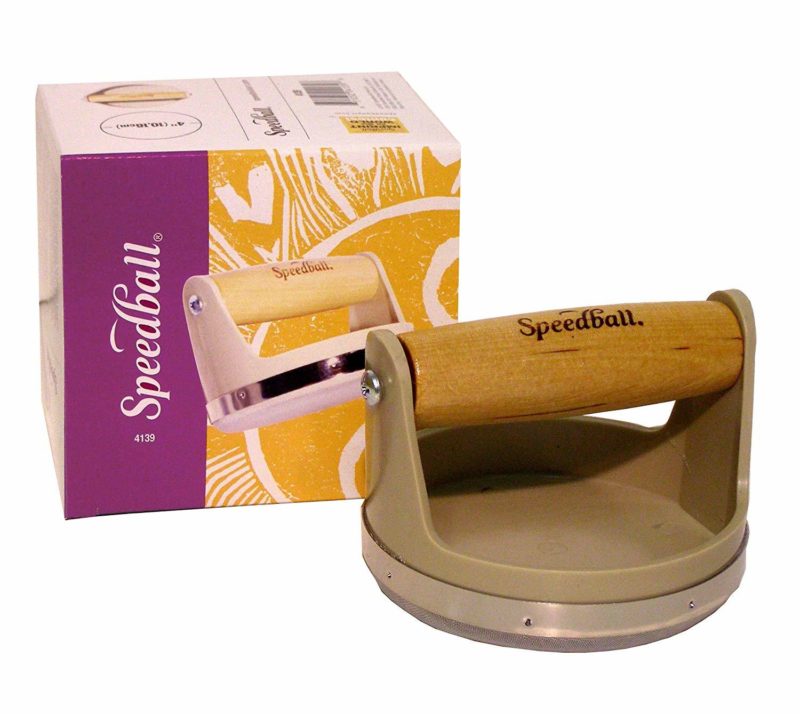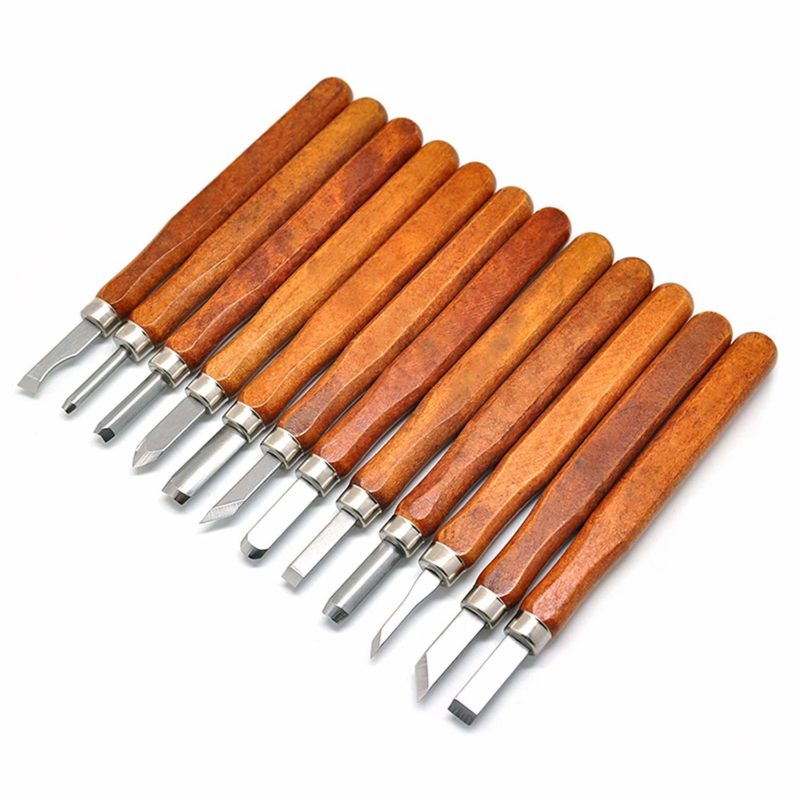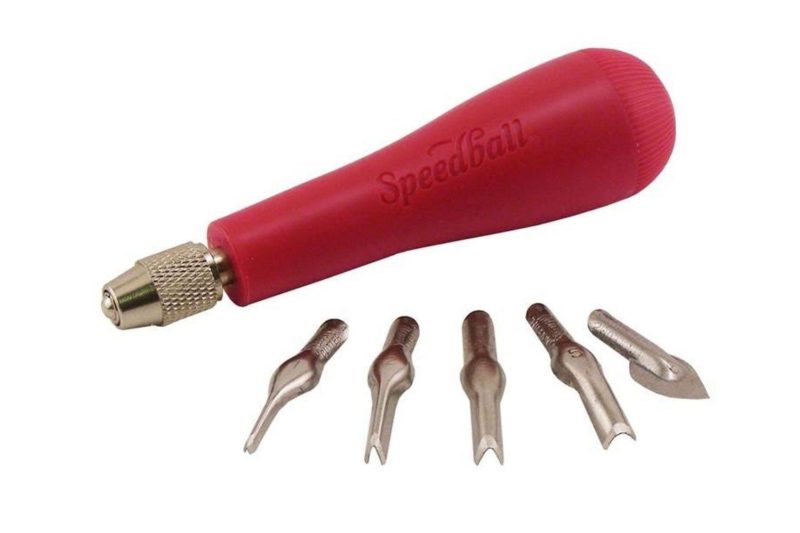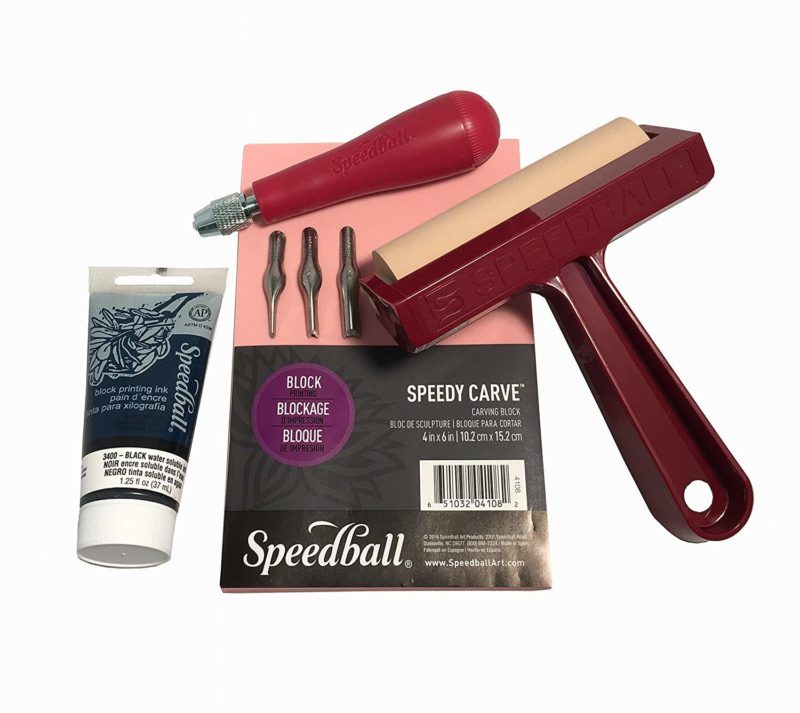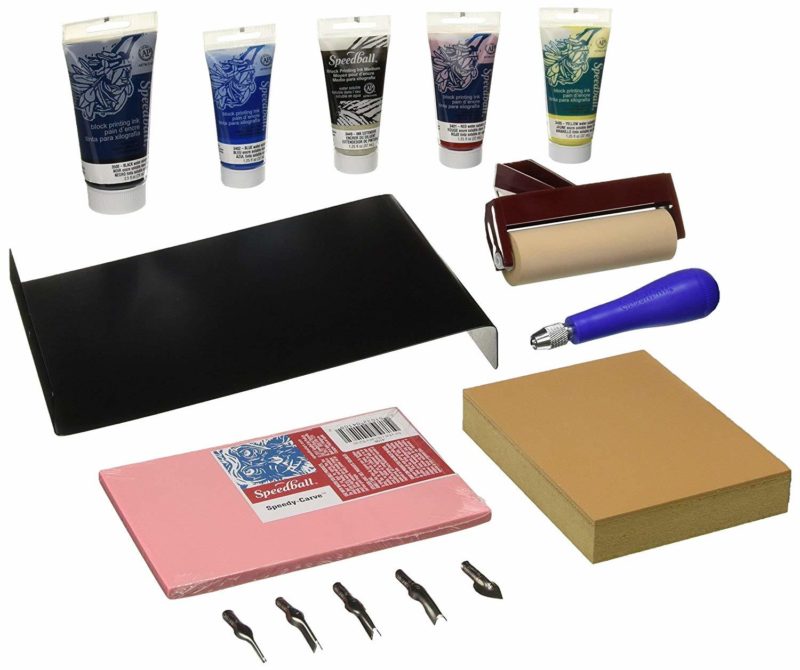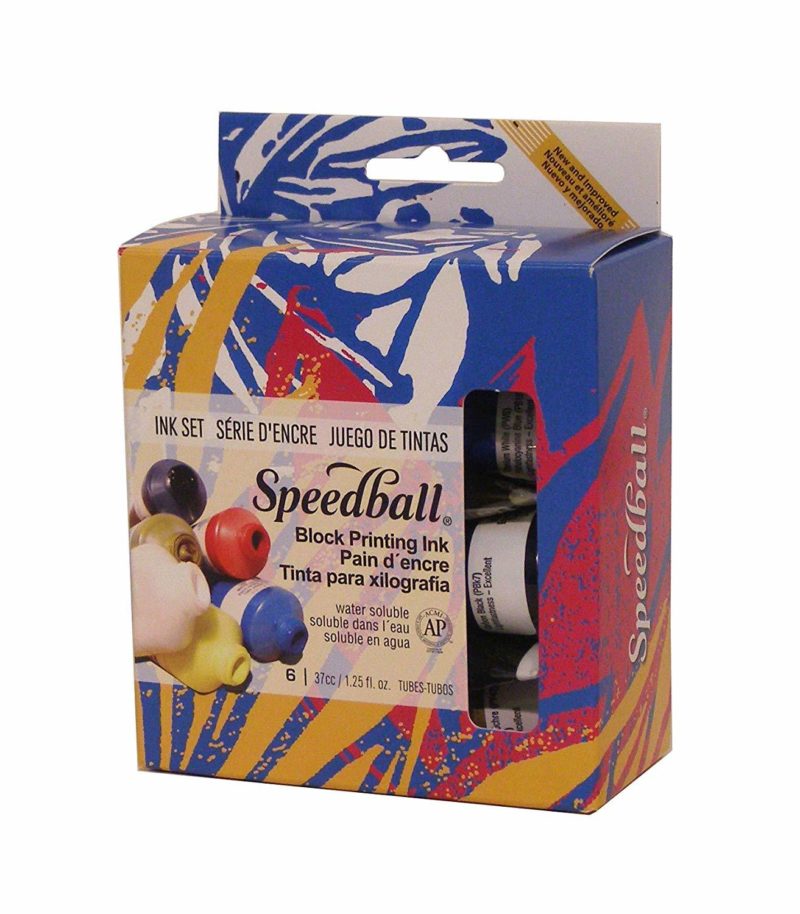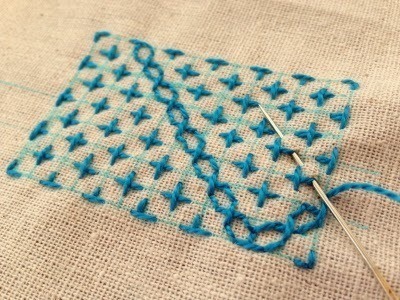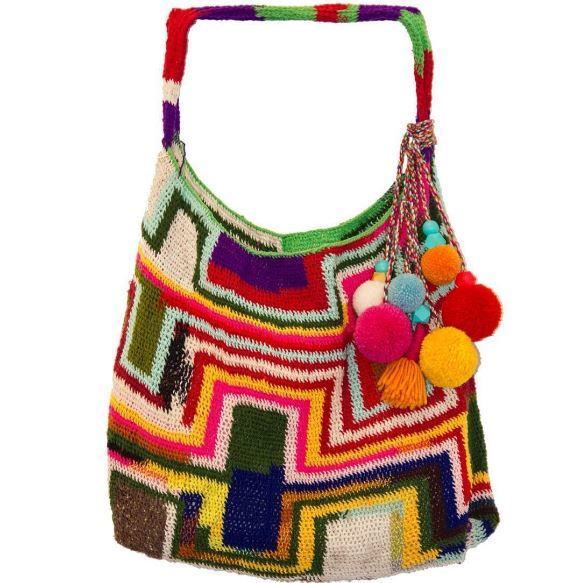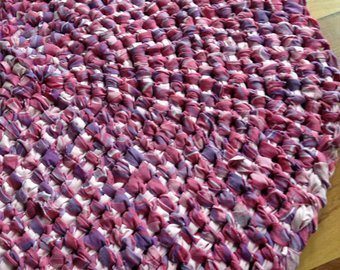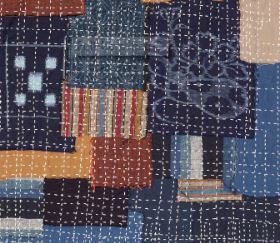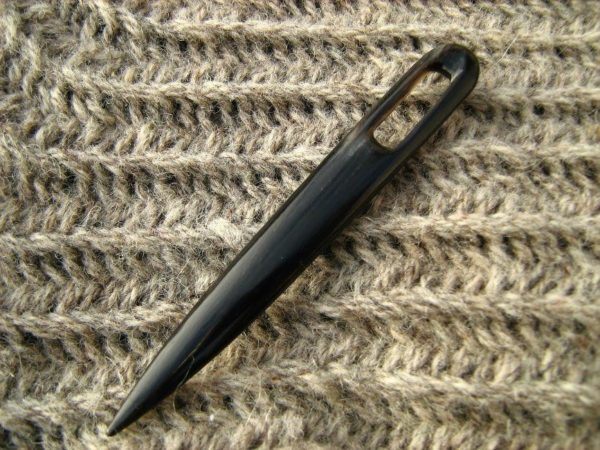Getting Started With Linoleum Printing
Hand print designs for art prints, posters, cards, announcements, and more.
Below are five videos which we've curated to help you get started in linoleum block printing. The first three videos, hosted by Kati Henning for Blick Art Materials, clearly explain the step-by-step process of making a linoleum block print. The fourth video, by The Virtual Instructor, explains how to transfer a drawing to a linoleum block using carbon paper. And the fifth video, by Maarit Hänninen, shows how to transfer a drawing via an inkjet printer.
The first video below, Getting Started, covers the materials you’ll need to make a lino print, including hard and soft linoleum (mounted and unmounted), cutting tools, paper, brayer rollers, a bench plate, and ink (oil- or water- based).
The Virtual Instructor shows how to transfer a drawing onto linoleum using pencil rubbings.
You could also simply use carbon paper: put a piece of carbon paper between the drawing and the linoleum block. Trace all of the lines of your drawing, then lift off your drawing and the carbon paper to check to make sure all the lines have been transferred to the lino. If any of the lines need to be darkened, simply trace again directly on the linoleum.
Watch the video below from Finnish printmaker Maarit Hänninen to see how to transfer an image to a linoleum block via an ink jet printer and either carpenter's wood glue or Mod Podge:
Block printing is a great way to produce a series of the same image. In the video below, Kati shows how you can also create multiples of the same image but with variations in color and background choices. She also provides lots of tips for a successful print.
Finally, the video below shows how to produce a series of multilayered linoleum prints. If you’re making a lino print with many layers using multiple lino blocks, you’ll have to create a system for lining up your paper for each printing layer, so the different layers align properly for each print "pulled."
It’s easy to lose track of negative and positive sections when you’re busy cutting. Cutting away can’t be undone. So it’s a good trick to mark the areas that you’ll be cutting away as a good visual guide of positive and negative spaces. You can simply take a pencil and use the side of the point to fill in the areas that you’re going to be cutting away.
Remember - whatever your design looks like on the linoleum, it will come out as a flipped image on the printed sheet of paper. So, if you’re going to include letters, numbers, or words, you’ll need to make sure they appear to be backwards on your lino cut so they’ll be the right direction on your print. And don’t forget – never let your fingers get in the way of the blade!
Don't miss: Altered Book Sculptures, Museum Collection Images, and Vintage Graphics for resources and inspiration.
· All the products in this video and many others are available at Blick Art Materials and Amazon. Or, click on the items below to get started with supplies. The Brooklyn Refinery is reader-supported. When you buy through links on our site, we may earn an affiliate commission - at no cost to you. (Learn more.)
You Might Like...
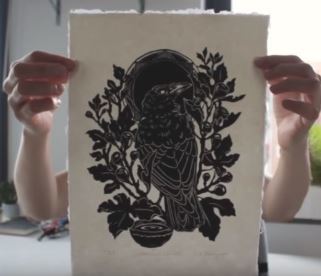
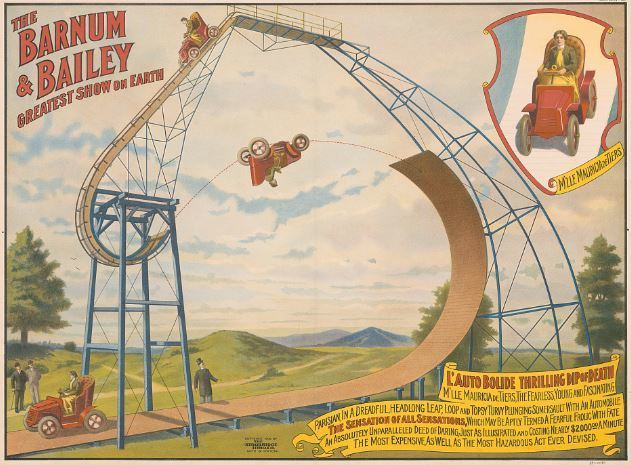

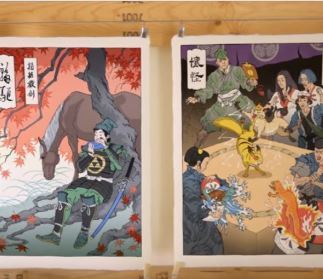
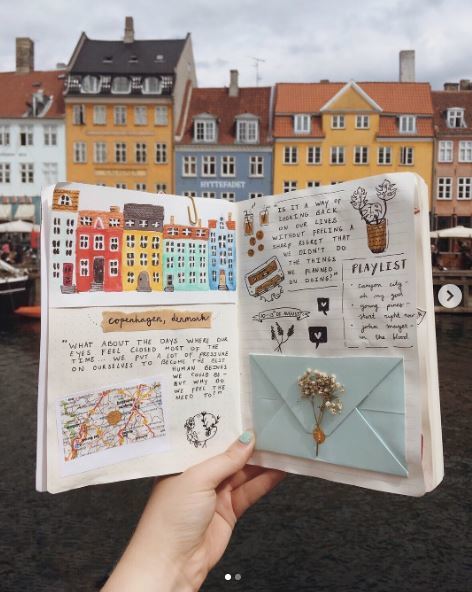

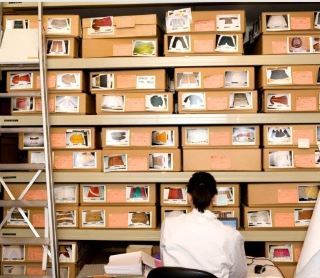
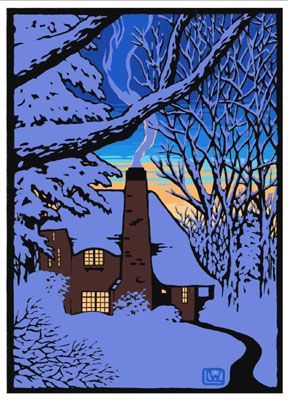
Having fun with new and traditional crafts, art, design, DIY, and freebies.
TRENDING & POPULAR
DISCOVER SASHIKO STITCHING Learn how to make traditional Japanese decorative stitches for quilting, mending, and upcycling.
BILUM Discover a fabric-making technique used in Papua New Guinea that can be used to make bags and dresses.
HOW TO MAKE AN AMISH RAG RUG There's no sewing required to make this traditional homemade crafted item.
35,000 FREE KNITTING & CROCHETING PATTERNS Use our easily searchable list to find free patterns by Rowan, Vogue, Lion Brand, Berroco, and more.
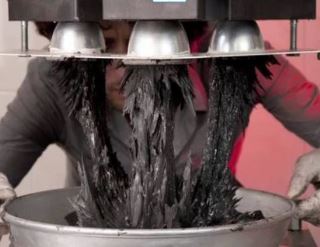
MAGNETIC CLAY CERAMICS Ceramic artists working with magnetic clay can play with the forces of nature to create fantastical structures.
HOW TO MAKE A BORO BAG Learn how to make a stand-out bag using a Japanese patchwork technique and Sashiko stitching.
'KNIT' LIKE THE VIKINGS Discover an ancient fabric-making technique that's still done today, pre-dates knitting, and doesn't unravel.

